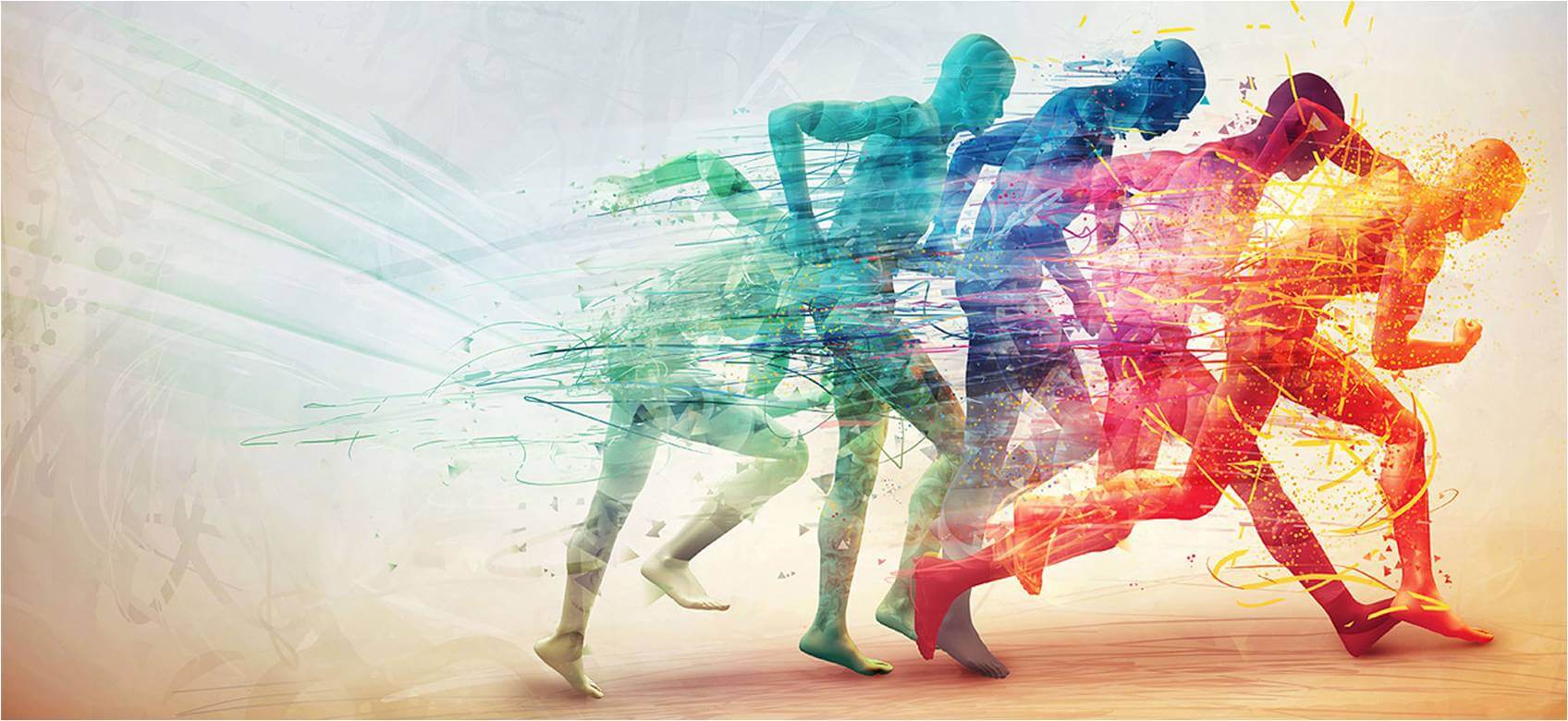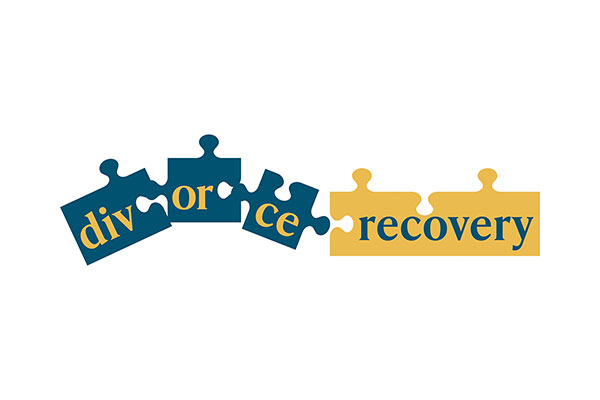I bought a salvage title Kawasaki Ninja Zx6R motorcycle when I was 19 years old. Risky? Sure. Learned some life lessons in the process? Absolutely. I didn’t have a motorcycle license yet but I was eager to learn, I also don’t recommend this. I took it to a church parking lot next to my house and with every part of that thing rattling I eventually learned to shift up and down through the gears and make this thing go. It was exhilarating.
After eventually completing my motorcycle course, I was ready for the road. I jetted out onto the streets near my home and felt a sense of freedom only those who have ridden a motorcycle know. It was all gravy until I had to make a big, hooking left turn at an intersection for the first time. The light turned green and it felt like the center divider was staring me down. In fear of making a fool of myself, I leaned into the corner focusing solely on the obstacle in my way, that center divider, and sure enough – BLAM. My front tire went right into it and I went toppling off the bike. With a little scratch and a bruised ego, I picked up my new sweet Ninja as fast as I could, with what felt like superhuman strength, and rode over to the shoulder to inspect the damage. I was okay, the bike was okay, but I had some learning to do.
One of the lessons you learn in the motorcycle safety course is, “When making a turn, don’t focus on the obstacles in the road, look through the turn to where you want the bike to go and it will go there.” Like life, if we focus too much on the obstacles, the issues, and the problems, our lives become more about those things than the real vision of what we want our lives to become. Ask yourself right now, are you focusing on the center dividers in your life? Or are your eyes set on looking through the turn to where you want to go?
Sports Psychology and Life
No group of people have mastered this principle more than professional athletes. In sports, it’s all about the vision. It’s all about creating a vision in your mind that you can feel in your bones. Your success is directly linked to your ability to create a tangible vision of what a successful performance looks like moment-to-moment throughout a game. You indulge in fantasies of success and your hard-wired, muscle memories from rigorous practice take over and get the job done. I’m not saying that being able to create a vision will single-handedly make you successful at anything in life but you won’t even have a chance without it.
Equally dangerous is not focusing on anything. Not even trying to take on challenges or even having “center dividers” to get around. Our challenges keep us grounded and give our lives meaning. In terms of success, it’s all about out-working those around you while staying anchored in a morally grounded bigger vision. This is the winning combination. Without it, how do you even know where you are going? Or what you want? What your life will look like? Or who you will eventually become? If you haven’t started answering these questions for yourself you are hardly in control of your life.
If you are one of those people who are anxious because you feel visionless, I have some wisdom accumulated from being a psychologist for over 10 years now. Each of us is uniquely motivated based on our life experiences. We have to learn our story and find out what moves us. When we deal with our issues – the tar, muck, traumaTrauma refers to the emotional and psychological response to a deeply distressing or disturbing even..., anxiety, and depression from life’s injuries unfortunately a natural clarity begins to form and a vision for our lives appears. It’s not so much forcing a vision into existence; you don’t “find” your purpose, it’s about scraping away the gunk so we can finally see from the lens of our authentic self. When we do this, we can actually use the hardships of our lives to be the gas in the tank, not the weight tying us down. Now let’s get into the nuts and bolts of using visual imagery to our advantage.
Imagery is engaging all of your senses to create or re-create an experience in your mind. Some might call it “focused daydreaming”. It’s thinking about what it will feel like, in every way, to give that banger of a presentation. The feeling you get when your boss gives you a raving review on the project you submitted. In sports, it’s the ability to recall the experience of effortlessly hitting the ball right next to the hole, throwing the game-winning touchdown pass, or hitting that deep 3-point shot in the last seconds of the game. You can feel and play out the whole experience in your imagination- the intense but relaxed quality of mind, the whoosh sound the net makes when the ball sinks right into the center of the basket, the roar of the crowd, the energy you feel in your gut at that moment, your teammate’s expressions, the music playing. Imagery is the skill of playing out the entire success tape in your minds-eye and evoking that particular feeling state.
Which Type of Imagery Should You Go With?
Imagery is broken down into two broad categories: internal and external. People tend to find it more intuitive to play out this imagery highlight reel from an internal, first-person perspective (your point of view – e.g., the pitcher throwing the pitch) or third-person point of view (external – looking at yourself from the outside – e.g., someone sitting in the stands behind home plate). External imagery is used less often and in my opinion, is less effective than internal imagery. My recommendation in developing your particular imagery schemaIn CBT, a schema refers to a deeply ingrained cognitive framework or belief system that shapes how i... is to first try internal before external. Further, there are three main components of imagery to integrate into your imagined success: Visual, Auditory, and Physical. Take a look below to figure out which type of person you are and therefore which of the three you should lean on more than the other in creating your personal imagery schema.
Physical
You rely primarily on muscle memory. You can trust your body in the moment and know when you are in sync and can feel it. You have a physical “in the zone” feeling. There’s a feeling to the perfect free throw shot and you know if it’s going in right after you release. You learn best by doing, it’s not enough for someone to explain something to you, you are the kind of person who must do it for it to sink in.
Auditory
You remember the exact wording. You can almost play back in your mind what someone has told you or coached you on. When listening to music, you can quickly identify songs, even after hearing just a note or two. Before an important event, you play a song in your mind that gets you in the zone. You hear the voice of your mentor as you prep for a challenge.
Visual
Visually inclined people learn best by reading. You recall details of a memory in a photographic way. The visual elements of an experience stand out, you might remember the colors of someone’s eyes well or the clothing they were wearing. A quick test will give you the answer to if this is you. Right now, give directions to somewhere in your mind. Do you use visual landmarks to do it (turn right at the In-N-Out or its two streets after the Del Taco)? Or do you tend to use left and right street directions? These people remember faces with uncanny ability.
A Crucial Side Note
A confession here. The use of imagery alone likely won’t get you to your ultimate goal. In other words, it won’t take you from complete stagnation and unfamiliarity to success. Like my Kawasaki Ninja, no matter how good I would have been at visualizing and “looking through the turn” at that moment, I still needed to possess the skill of cornering on a bike. Well-rehearsed skill and visualization, in combination, would have been foolproof. There would have been no way I would have shamefully toppled over that center divider. You need a base of solid, over-practiced skills and knowledge at whatever it is you are performing, whether that’s sports or a pitch in a sales meeting. However, if you have that base, it’s almost guaranteed that using imagery will greatly up the odds at a stellar performance. It will take you from what would have been 80% of what you are capable of to 100%.
Practicing Imagery
What we are doing when we practice imagery is training our subconscious. On top of the anxieties, poor past performance, and frustrations we are layering images of success, courage, and dominance. Our subconscious seems to have much more of an impact on our performance than our conscious mindThe Conscious Mind refers to the part of the mind that holds thoughts, feelings, and perceptions tha.... You also can’t be both scared and brave at the same time. Evoking an opposite emotion puts the other at bay. You are either in one state or the other. When we practice imagery, we are changing our subconscious mindThe Subconscious Mind refers to the part of the mind that contains thoughts, memories, and feelings ... and priming it for victory. The goal is to make your script familiar and authentic. If you don’t buy the imagery, if it feels like too far of a stretch or a lie, make it something real – something you believe. This is critical.
My recommendation is to practice 3-4 times a week for 2 weeks. Go through the imagery top to bottom. I also think that it’s particularly effective to do a brief meditation or mindfulnessMindfulness in CBT involves focusing on the present moment without judgment. It helps individuals be... practice before going into your imagery. Allowing 5-10 minutes of mindfulness practice allows you to quiet your mind enough to participate in the practice. It can also create a trance-like state that can work like hypnosis and plant the roots deeply into your subconscious. Then, practice once more on the day of the meeting, game, performance, etc. But don’t do this right before, it can create too much anxiety, try it earlier in the day and just relax before the big moment. It’s in there, don’t stress, it will have its effect on the moment at hand. You will notice as time goes on, entering into the successful feeling state and mind frame that the imagery produces will become reflexive and second nature.
An Example of An Imagery Script: Baseball Player
Take a few deep cleansing breaths to bring yourself into the present moment, allow your mind to begin slowing down and your muscles to relax. Feel the excitement of the upcoming game slowly rising in your chest, knowing that this is why you practice so hard and so often- for these moments. Before imagining the upcoming game, think back to a time when you played your best. You were at the plate, and everything was quiet in your mind. All you saw was that ball coming from the pitcher’s hand and how slow it was moving toward you, as you counted the laces on the ball, and how good it felt to make solid, strong contact as you ripped a base hit. You felt tremendous confidence at the plate, and you knew how fast you could snap that bat, and that you were going crush anything that came your way that day. Even though the ball was zipping towards you, in your mind it seemed to slow down. You were completely zeroed in on the ball, the world was quiet in your mind despite a roaring crowd. It was on.
You even remember teammates and coaches cheering and jumping up and down after this great hit. You can even remember how fluid and strong and quick your body felt. The crowd and fans were going nuts. You recall the euphoria, satisfaction, and utter confidence you felt. Remember that feeling of how effortless and automatic it was that day. No thinking, no “trying” – just letting your body do what you trained it to do. Think about the words you might have used that day as cue word such as “rocket” “crush it” or “smashed the ball.” Find that feeling in your body and lean into it, open it up, and ask for more of it. Feel it fully.
Now begin to think about your upcoming game. Think about the venue- you’re on your home field. Notice everything as if you’re there right now. Notice the temperature, and how it feels on your face, your hat on your head. Notice the different people – coaches, teammates, opponents, fans, family, friends, and umps. Feel the wind and the sun. Take in all the sounds around you – teammates chatting, fans cheering, and music playing. Notice any smells – freshly cut grass on the field, the smell of the dugout, your helmet, gloves. Feel your muscles being warmed up and ready to go. You feel light on your feet, and strong, muscles are fluid and relaxed, and your entire body just feels ready, confident, powerful, and strong. Nothing can stop you. You feel the excitement, the calmness, and clarity of mind, the fun of finally doing the thing you are best at. It’s going time.
Now see yourself at the plate. You are calm yet intense and focused. You walk to the batter’s box and stare down the pitcher. You are going to hit anything the pitcher throws your way. You know this. You’re too good, too prepared, and too focused – the pitcher has no chance of getting the ball past you. You feel how relaxed your arms are, knowing that you can get that bat on any pitch in any location. The pitcher is done – no chance. You repeat the word “This ball is getting crushed.” When the pitch is thrown, you see it in and feel your body in forward motion, making powerful contact, just as you knew it would. Your arms rip through and smash this ball way out into the center field and the beer garden out there. You start running the bases, feeling insanely confident and knowing that next at-bat, you are going to do this all over again. They can all plan on it. You feel unbeatable, you see the disappointment in the pitchers’ eyes as you stand on base. Let’s go. This is just the beginning.
A Final Note
This stuff works if you practice it. Don’t dismiss it as corny. Imagine applying the script above to your situation and unique challenge. Play it out in this level of detail. Write it in your own, authentic voice and energy. Piggybacking on the example above, picture your upcoming sales pitch, the past successes you’ve had, how you felt, and the quick wit, charisma, and confidence in your product or service to meet the needs of the client. The way you instantly built rapport with the clients and reassured their concerns with facts, examples, knowledge. You can use this sports psychology hack for any challenge. Research shows the more detail, the more vivid the imagery the greater the likelihood it will work. It needs to invoke a state of mind, an emotion, an ego boost. Make it real.
At Keil Psych Group, we are great at helping athletes and non-athletes alike use imagery to conquer their goals. We help people create visions for themselves and materialize these visions in their lives. I think we are uniquely good at this. If you are facing a tough challenge in sports or otherwise, reach out to us. No matter where you are, we will meet you there. Whether it’s clearing the gunk so you can have a vision, getting out of a rut, or perfecting your approach. We can help. I look forward to hearing from you. Call or text anytime at 714-334-5497




